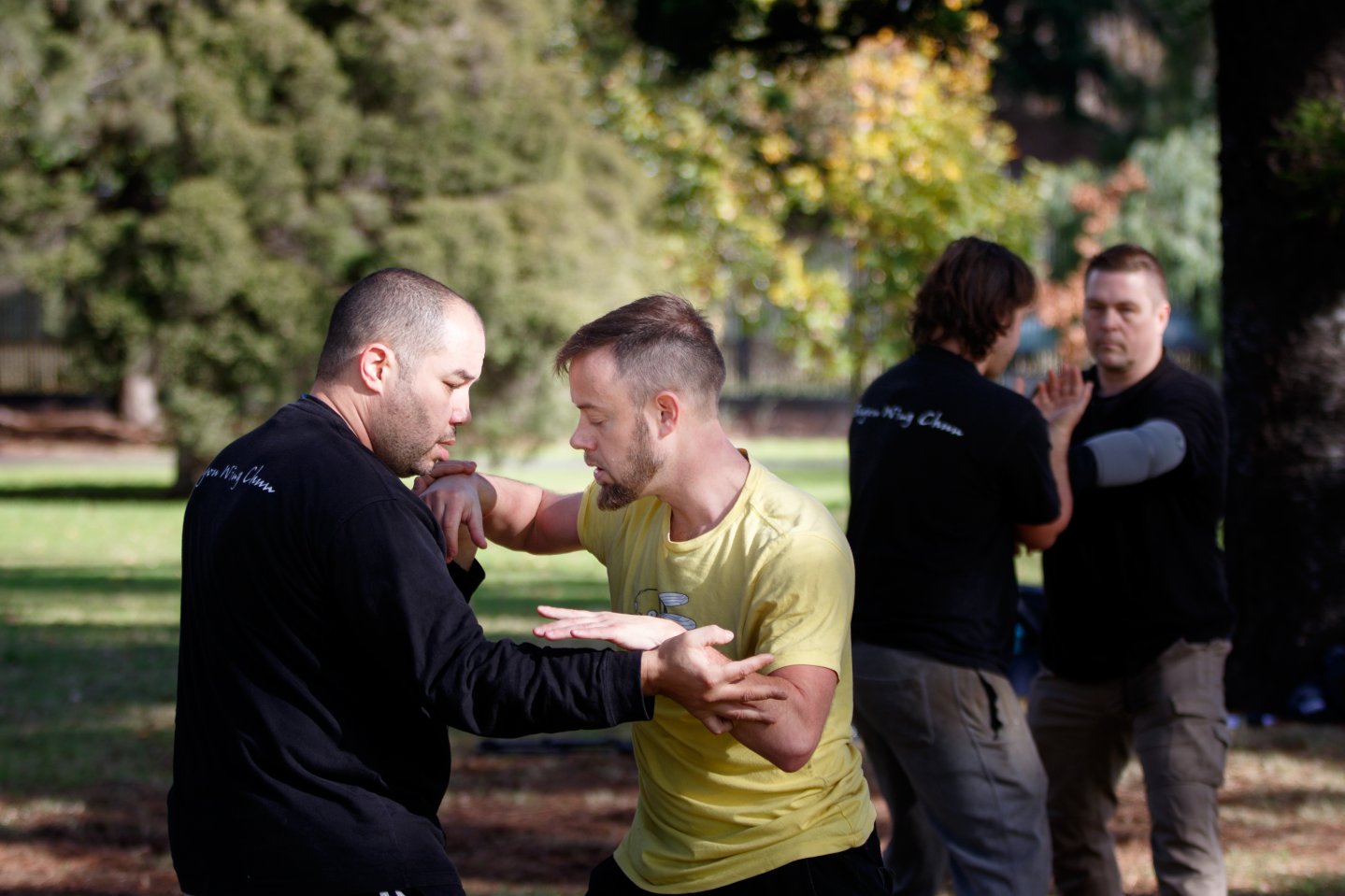There are a lot of pushing hands drills/routines that are practiced by different styles of martial arts, in different schools, with different emphases. The various patterns in these drills are helpful in introducing practitioners to the game of pushing hands, and in helping to continually refine skills and techniques. However, Pushing Hands as a concept is all about listening to, and diverting, the force and techniques of an opponent, following up with one's own techniques applied to "defeat" the opponent. Seen as a game, there are rules about what's allowed, and what constitutes "defeat". Seen as a component of a martial art, it is all about how to apply close-quarter techniques in a way that minimises injury.

As a competition format, push hands can take on a variety of forms:
Because this is a competitive format, people will strive to win, and some of the principles that one may wish to develop can be thrown out of the window. Brute force is probably the best example, and one cannot realisitically ask a competition judge to decide if a given competitior is using brute force, and how much of it. Instead, most pushing hands competitions simply accept that weight, reach, musculature will play a role, and set up weight categories to try and compensate. In theory, given roughly equal weight, height and so on, skill will win out. After all, pushing hands theory, whatever the style practiced, will typically emphasise using the opponent's force against them, so if they use force then this should play to our advantage.
In practice, competition pushing hands often resembles something between wrestling and sumo, with a key distinction made as to the format (fixed, moving etc.) and the set of allowable techniques (for example, most competitions do not allow contact to the head or neck, nor allow throws). Generally, moving step formats allow a (much) wider array of techniques than fixed step formats, simply because one can move out of the way more easily. Conversely, fixed step formats generally prohibit any kind of sweep or other technique using footwork, as these would require the competitors to step.